What are the parameters of new energy vehicles? Let me introduce them to you.
1、Motor power: usually expressed in power (kW) or horsepower (Ps), the conversion formula is 1kW=1.36Ps. Generally speaking, the stronger the power or horsepower, the stronger the acceleration and top speed performance of the car
2、Cruise range: According to the standard, it is divided into CLTC (domestic test standard), NEDC (European test standard), EPA (US test standard), and WLTP (international test standard). According to the accuracy, CLTC is about 60% off the actual range, NEDC is about 70% off, and EPA and WLTP are about 80-90% off. Pay attention to the difference and don’t let the manufacturer play word games
3、Maximum torque: Unit is Newton meter (N·m), which is a parameter to judge the “strength” of a car. Large torque plays a big role in scenes such as sudden acceleration, off-road escape, towing heavy objects, and climbing
4、100km acceleration time: The time required for the vehicle speed to accelerate from 0km/h to 100km/h, which is generally considered to represent the acceleration performance of the vehicle in daily driving scenarios. The smaller the amount, the faster the acceleration
5、Battery capacity: The size of the battery. Unit is kWh. This parameter is very meaningful. It can be combined with the actual power consumption per 100 kilometers to calculate the actual range, plan the trip in advance, or judge whether the brand has falsely marked the range through a test drive
6、100km power consumption: This parameter is very meaningful. Taking the ET5 75-degree battery pack version as an example, the battery capacity is 75 degrees, and the official power consumption per 100 kilometers is 16.9 degrees, 75/16.9=444 kilometers. There is a gap with the official marked 560-kilometer range. The actual power consumption of the car per 100 kilometers is basically around 21 degrees, so the actual range = 75/21=357 kilometers. Excluding hidden electricity and other influencing factors, the range of a car can be roughly judged
7、 Motor type: divided into induction asynchronous motor and permanent magnet synchronous motor. Induction asynchronous motor: large size, higher speed limit, simple structure, low cost, good reliability, and stronger overload capacity
Permanent magnet synchronous motor: small size, high energy conversion efficiency
There is no good or bad between the two motors, generally selected according to the vehicle orientation. Usually, performance-oriented models will choose induction asynchronous motors, which have higher limits.
8、 Chassis suspension: There is a lot of knowledge, so let’s just talk about a few principles: independent suspension > non-independent suspension front suspension multi-link >= double wishbone > McPherson > torsion beam
Comfort: air suspension > electromagnetic suspension
Sports: electromagnetic suspension > air suspension
For various chassis components, the higher the aluminum alloy content, the better, and the fewer engineering plastic components, the better
9、 Drive type: divided into front-wheel drive, rear-wheel drive, and four-wheel drive
Front-wheel drive: standard for household grocery shopping cars, good controllability, and low upper limit
Rear-wheel drive: standard for performance cars, easy to lose control under high horsepower, high upper limit, and high technical requirements
Four-wheel drive: mainly meets safety and off-road needs. At the same time, because electric vehicles can be equipped with dual-motor or even multi-motor power layout, it is very easy to achieve four-wheel drive and better safety






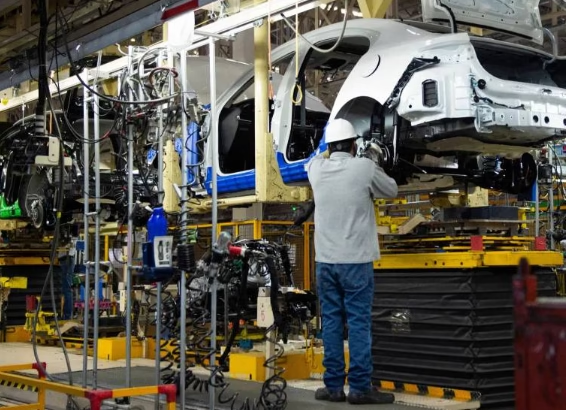
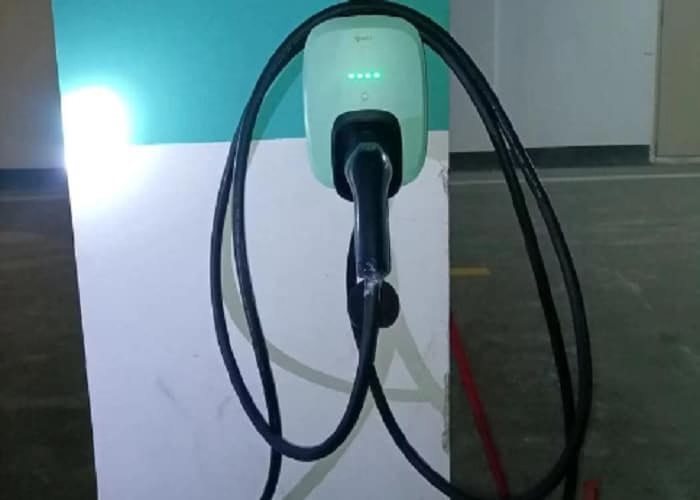
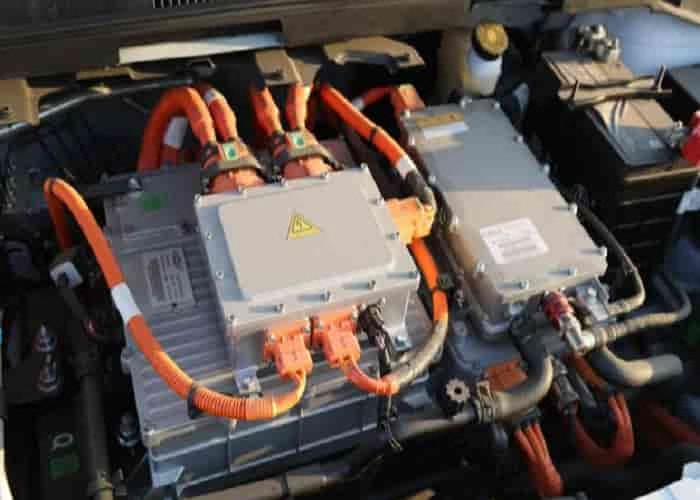
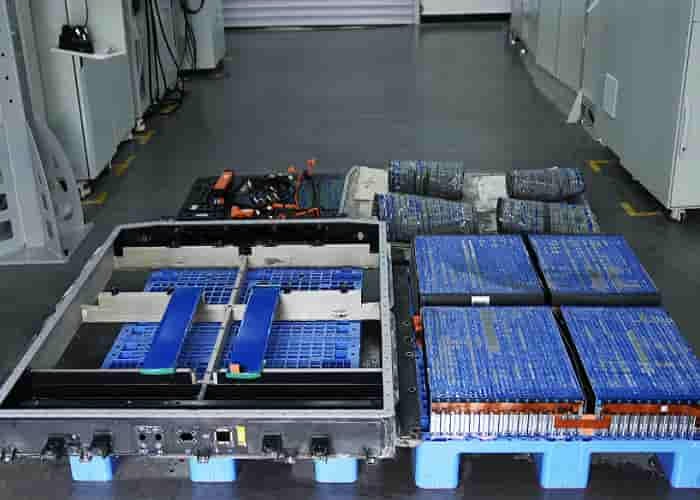
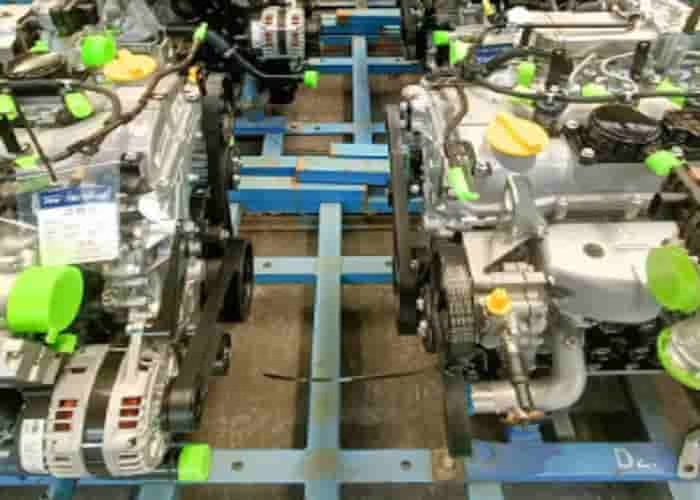

Leave a Reply